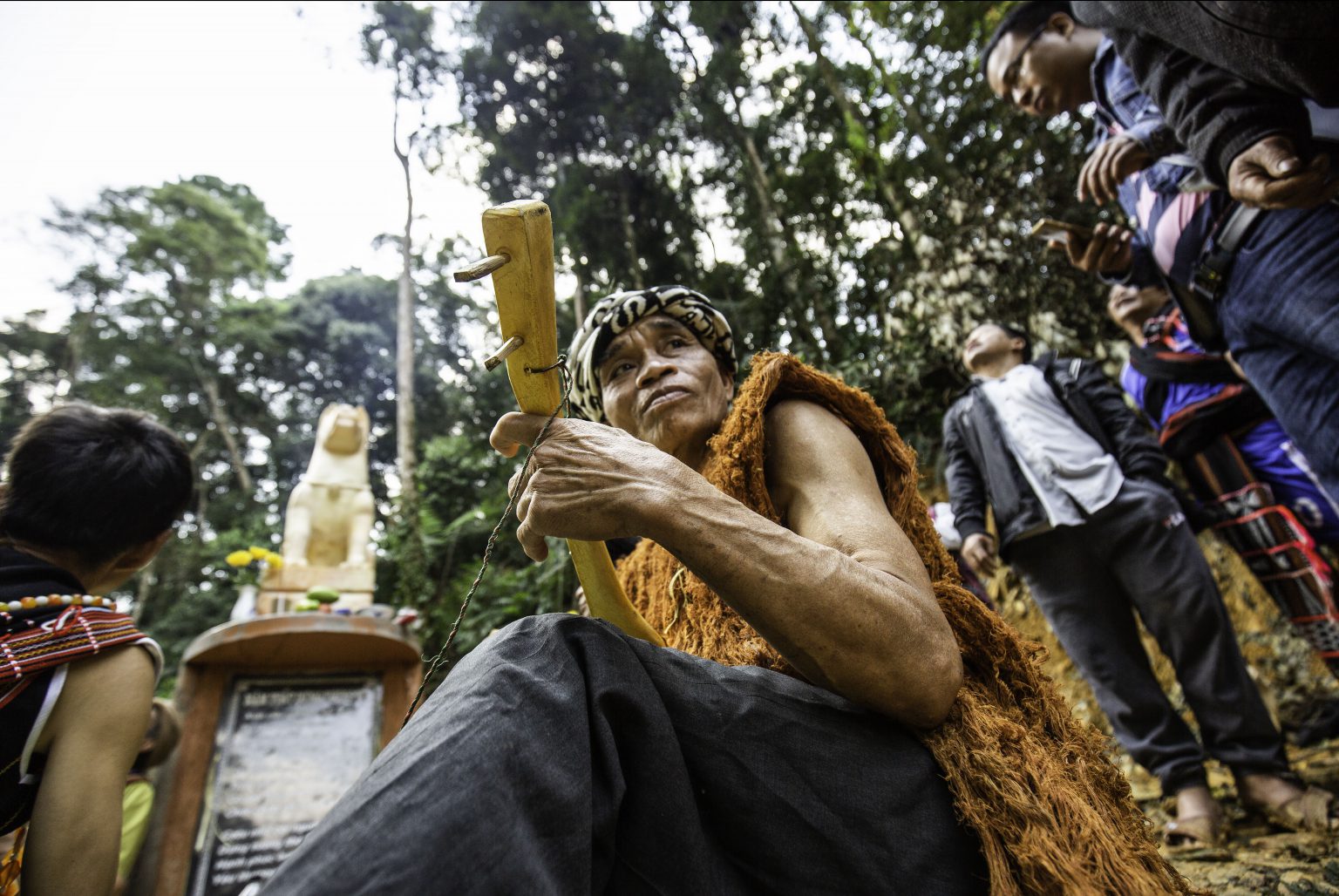
“Lost” in the Realm of Pơ Mu
Having existed for thousands of years, the population of pơ mu trees in Tay Giang district, Quang Nam province, is more than 2,000 trees, of which 1,146 trees are recognized as Heritage Trees, and is considered the largest and most valuable primary forest in the West Truong Son.
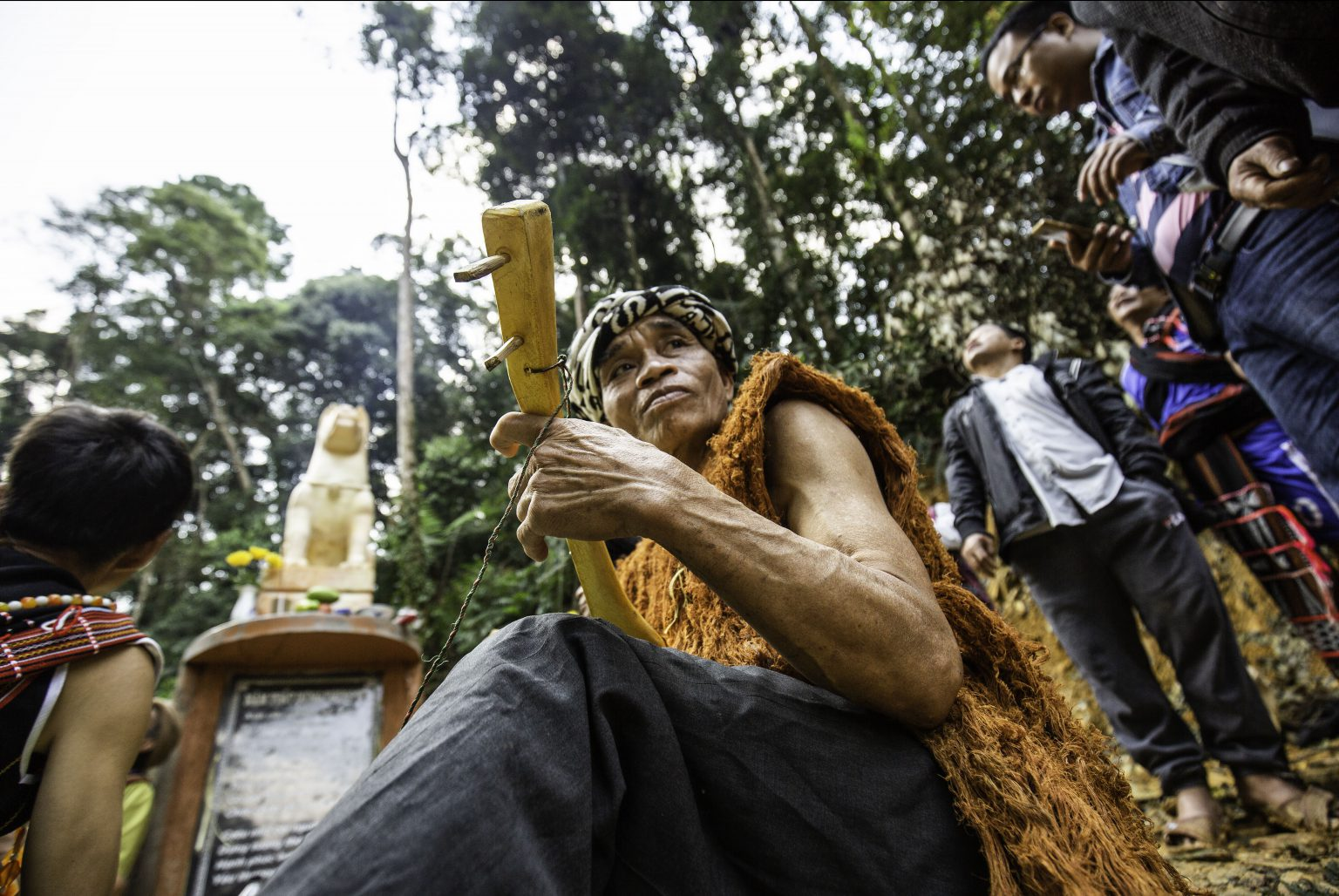 This forest is about 450 hectares wide and is located about 40 kilometers west of Tay Giang district's center, on the territory of two communes, Tr'hy and Axan. People only discovered the "Kingdom of Po Mu" in 2010 due to its remote location in the deep forest. Since then, the indigenous people have strictly protected this "unique" forest, ensuring that it has remained intact for some time.
This forest is about 450 hectares wide and is located about 40 kilometers west of Tay Giang district's center, on the territory of two communes, Tr'hy and Axan. People only discovered the "Kingdom of Po Mu" in 2010 due to its remote location in the deep forest. Since then, the indigenous people have strictly protected this "unique" forest, ensuring that it has remained intact for some time.
Hundreds of old trees stood in the middle of the storm, unmoving. The largest tree in the forest is over 50m tall and up to 3m in diameter, with a strange root shape that about 6-7 people can hug. Đình Làng tree, nearly 4m in diameter and more than 20m high; and hundreds of trees up to several hundred years old such as Elephant tree, Bear tree, Dragon, Five Tiger tree, Rhino tree, Mother tree, Longevity tree... are the results of generations of Co Tu compatriots' preservation process on the land of the Great Thousand Truong Son.
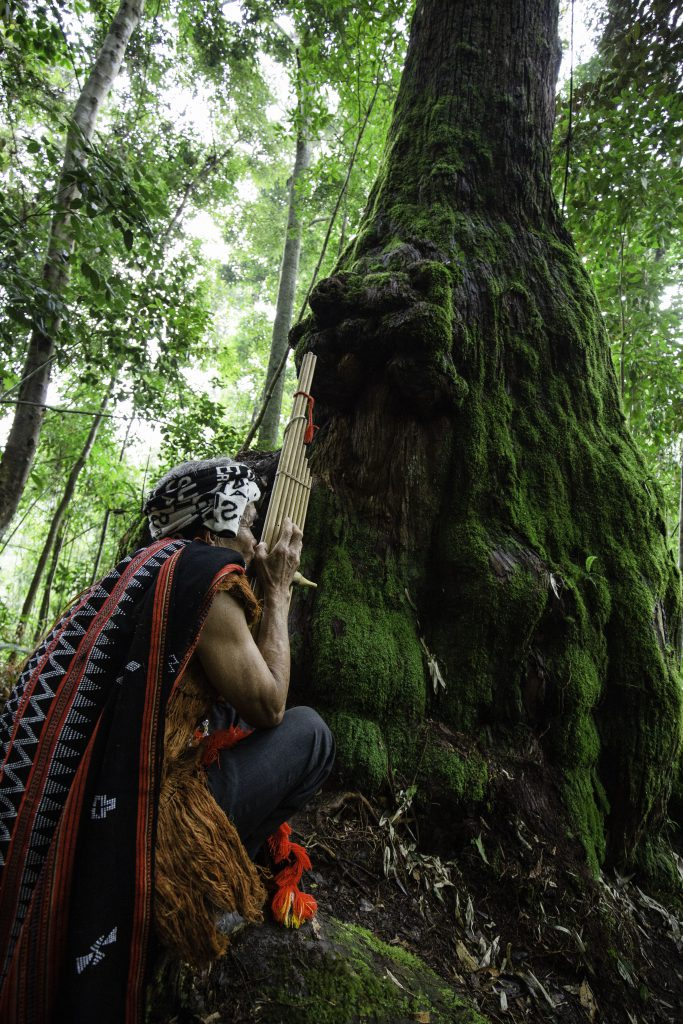 Since ancient times, the Co Tu people of Tay Giang, Quang Nam province's high mountainous district, have celebrated thanksgiving for forests, mountains, rivers, streams, trees, crops, or thanks to the gods, Giàng. There are forests, people, and various animals and plants that live in the mind.
Since ancient times, the Co Tu people of Tay Giang, Quang Nam province's high mountainous district, have celebrated thanksgiving for forests, mountains, rivers, streams, trees, crops, or thanks to the gods, Giàng. There are forests, people, and various animals and plants that live in the mind.
Every New Year, when flowers bloom throughout the forest, birds sing on the dais, the trees have been cleared, and the Co Tu ethnic minority people give thanks to the forest, it has become customary. Boys and girls in the village rotate rhythmically in the vast space of the mountains and forests, blending with the sound of gongs and traditional musical instruments as a prayer sent to the gods and ancestors by the Co Tu people. They believed that the majestic Trường Sơn mountains and forests, as well as Giàng and the gods, gave them the strength to overcome.
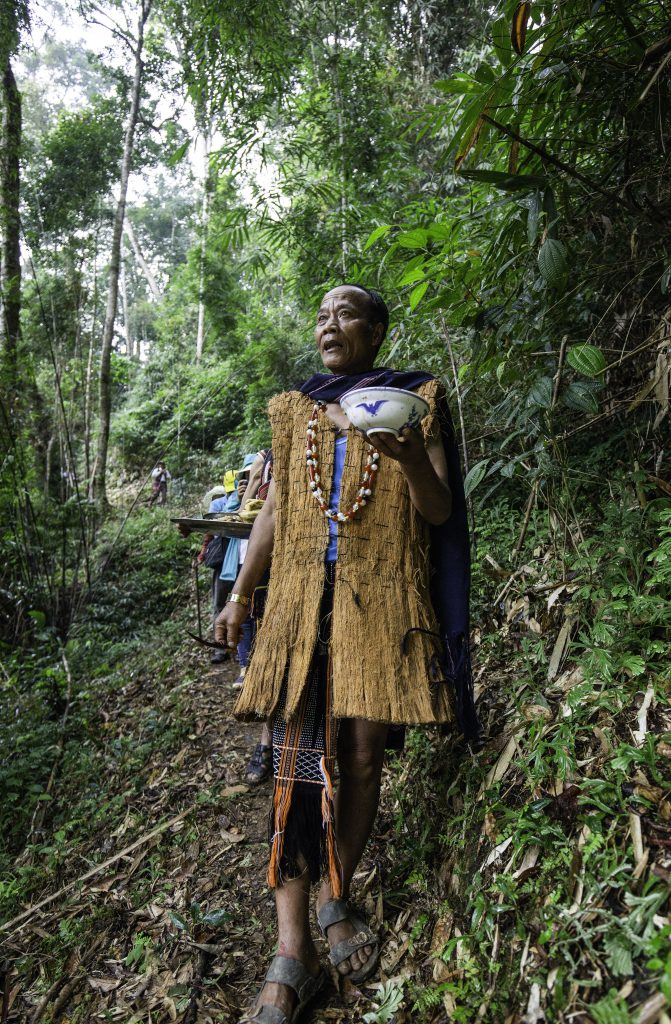 The Co Tu people believe that they must be responsible for the community, particularly for the preservation of culture. Village culture and forest-keeping culture are the two most important cultures here. The forest does not suffer if the village culture is lost, but it does suffer if the village culture is lost. The forest is kept intact, not "bleeding," thanks to the role of village elders in preserving and preserving the value of incense treaties and customary laws of the people.
The Co Tu people believe that they must be responsible for the community, particularly for the preservation of culture. Village culture and forest-keeping culture are the two most important cultures here. The forest does not suffer if the village culture is lost, but it does suffer if the village culture is lost. The forest is kept intact, not "bleeding," thanks to the role of village elders in preserving and preserving the value of incense treaties and customary laws of the people.
The Co Tu people teach their children and grandchildren to be grateful and to care for the environment. Forests are a source of life and a safe haven for generations of villagers. Following the solemn forest thanksgiving ceremony, people joyfully danced to the new year to wish the new year a good harvest.
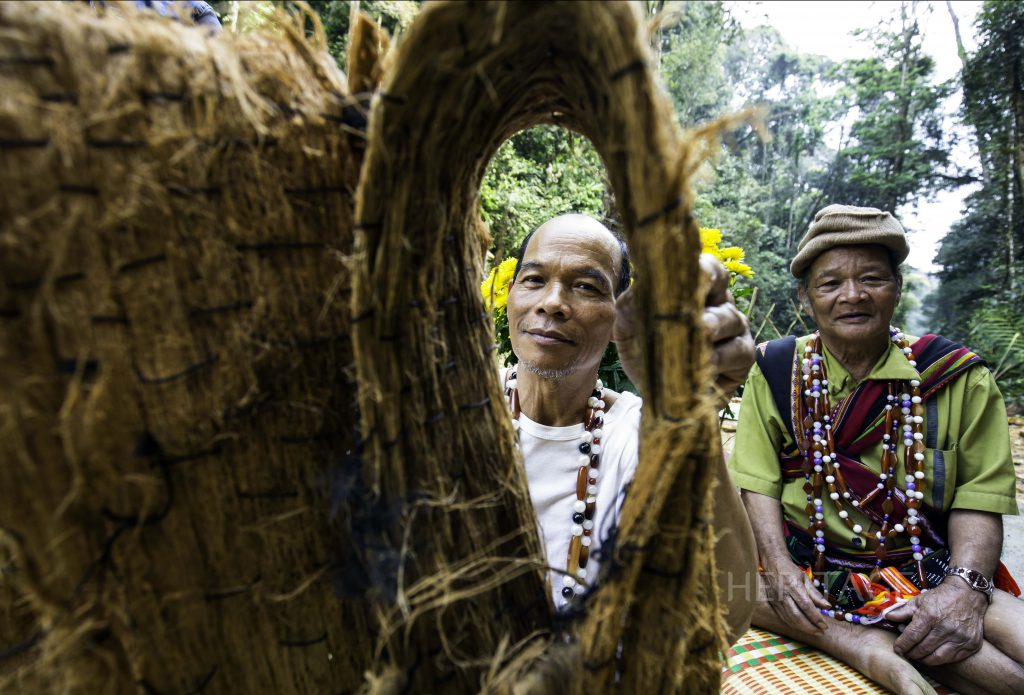 The Co Tu people's subconscious is deeply ingrained with a sense of forest protection and attachment to mountains and forests.
The Co Tu people's subconscious is deeply ingrained with a sense of forest protection and attachment to mountains and forests.
“Con chim trên trời cao cần rừng xanh bát ngát
Con cá dưới nguồn cần dòng nước trong veo?
Con người Cơ Tu cần mẹ rừng che chở
Cho dân làng ta sinh sôi nảy nở
Cho mùa màng ta luôn bội thu
Cho người Cơ Tu khắp muôn nơi mãi mãi trường tồn…”
"The bird in the sky requires a lush forest.
Is clear water required for the fish beneath the source?
The Co Tu people require the protection of the forest mother.
For our villagers to multiply
We always have a good crop harvest.
For the sake of the Cơ Tu everywhere..."
Source: Lê Hải Sơn